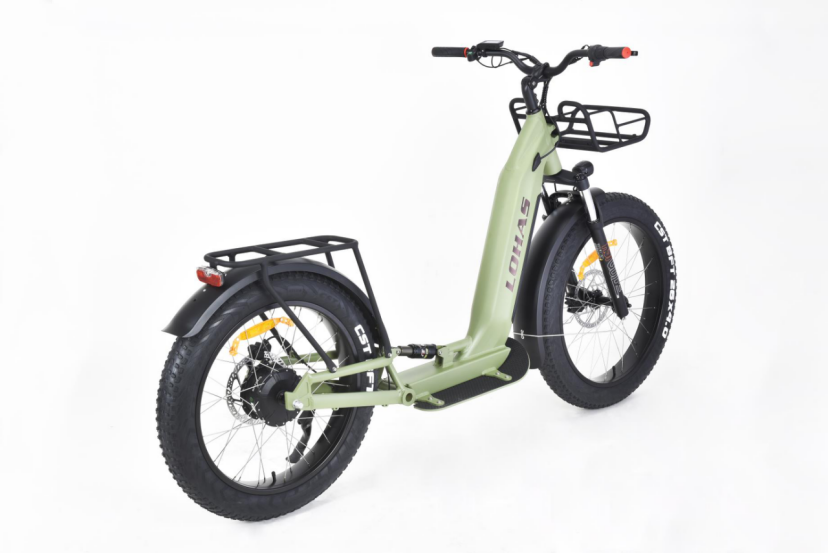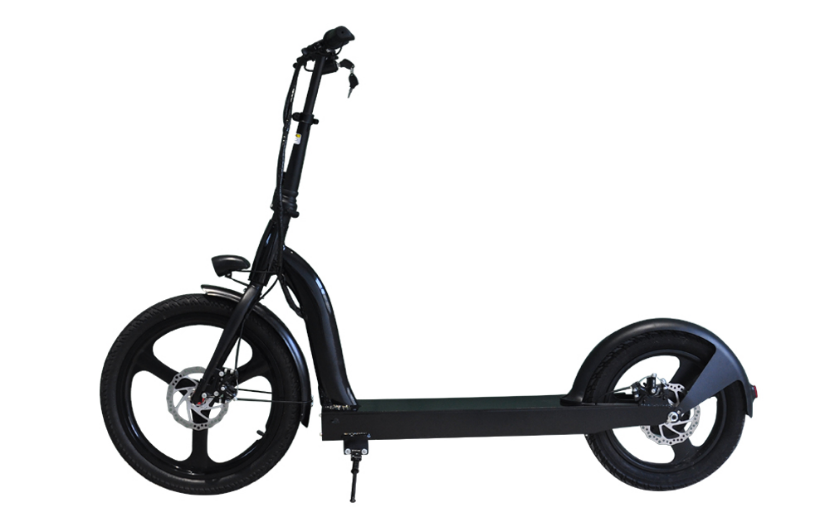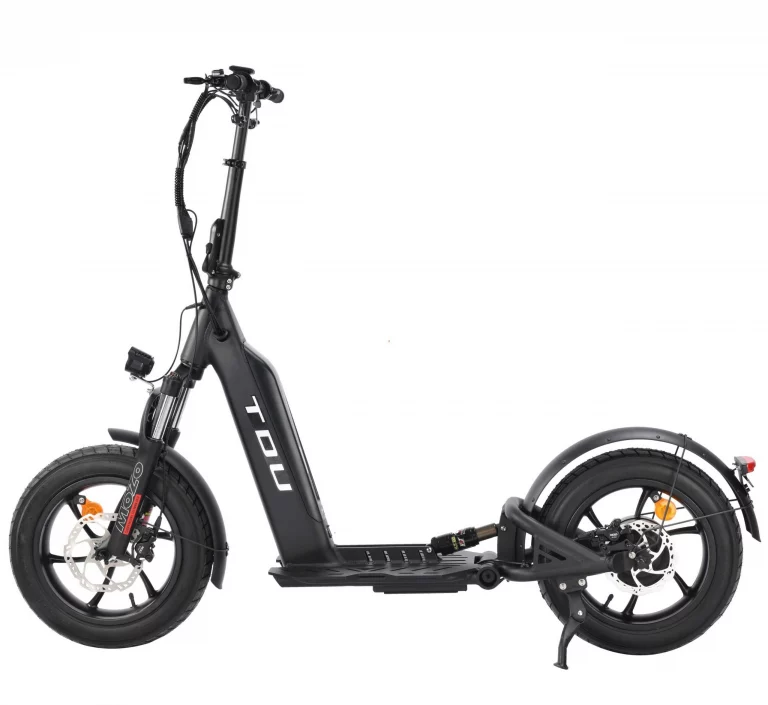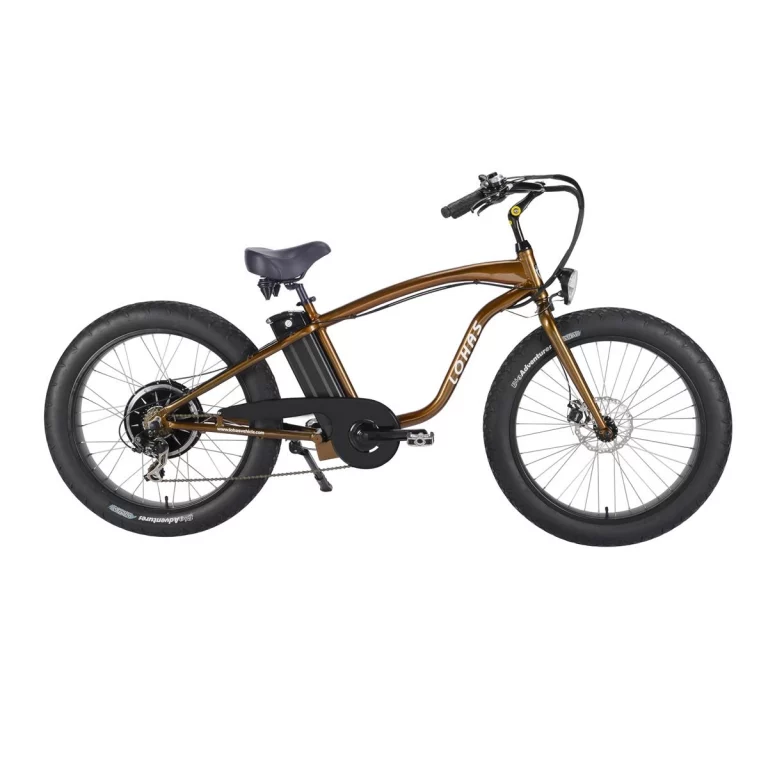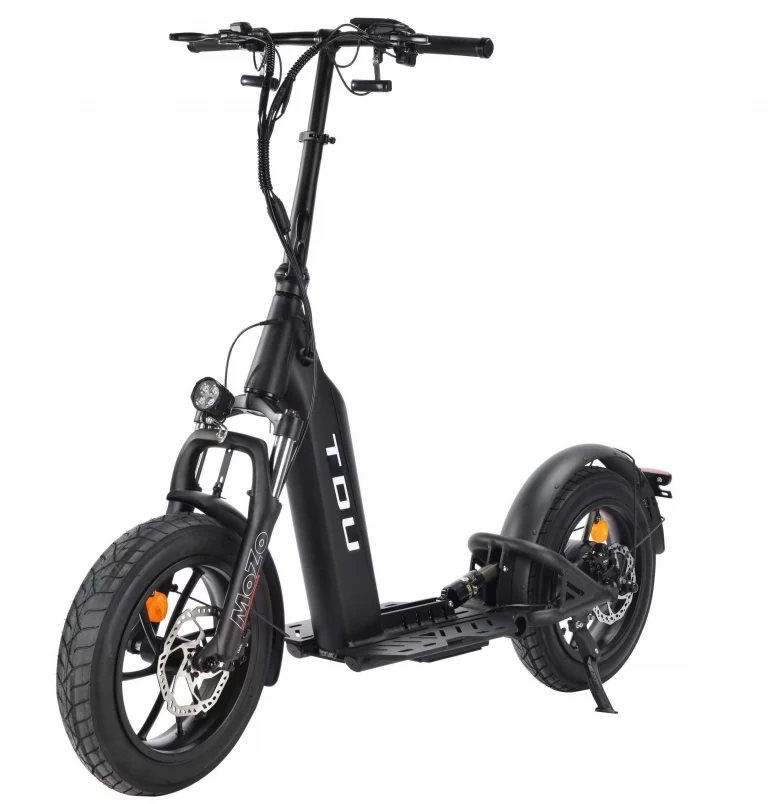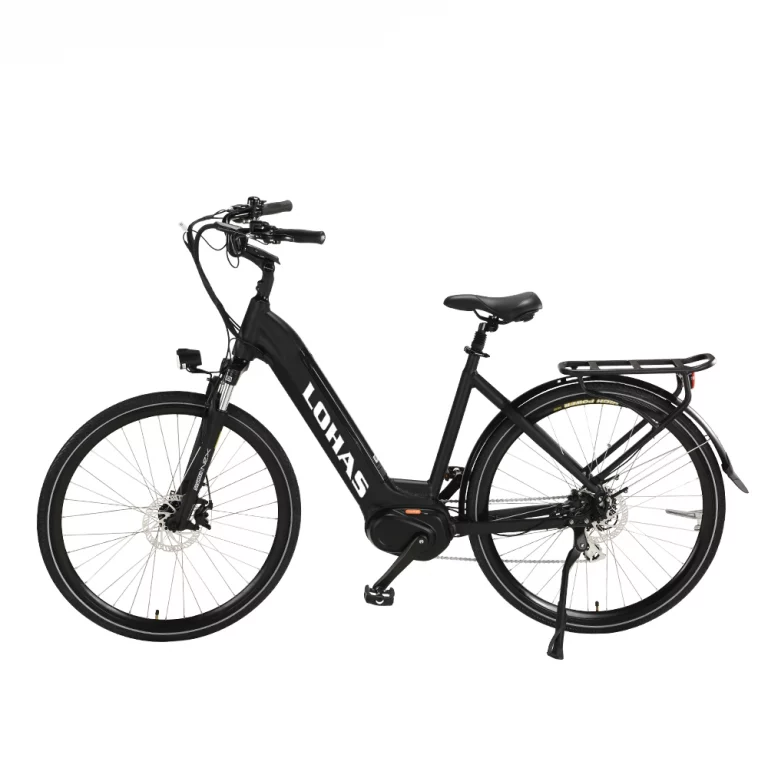Factors to Consider When Selecting the Right Electric Scooter Charger
Model Compatibility
Choosing a compatible charger is key. It must match your scooter’s battery. Voltage ranges vary. Fat tire electric scooters need higher voltage. Standard models differ. Charging energy requirements may also vary based on the type of electric scooter used. Check the manual. Contact the manufacturer. This ensures the charger fits your model.
Charging Speed and Power
Charging time affects convenience. Power levels impact battery health. Fast chargers are quick. But they stress battery cells. It is evident that relying too much on fast chargers can impact battery performance, emphasizing the need to prioritize regular charging routines over frequent fast-charging sessions. Choose adjustable power settings. They balance speed and durability.
Safety Features
Safety is critical. Quality chargers protect users. Look for overcharge protection. Short-circuit prevention is vital. Temperature monitoring helps too. Investing in high-quality chargers tailored specifically for your electric scooter brand can further optimize its charging process. These keep batteries safe. They ensure secure operation.
Cable Length
Cable length matters. It adds convenience. Long cables offer flexibility. They reach distant outlets. Assess your charging spot. A standard cable may work. Extended ones suit tricky setups. Plan for ease of use.
Types of Electric Scooter Chargers Available
Standard Chargers
Standard chargers are reliable. They’re built for daily use. They balance speed and care. Experts suggest a 20–80% charge range. This extends battery life. These chargers have basic safety. Automatic shut-off is common. It stops at full charge.
Fast Chargers
Fast chargers save time. They’re great for quick needs. But use them sparingly. While fast chargers offer convenience for quick refueling, their extensive use can lead to adverse effects on the battery’s long-term performance. Reserve them for emergencies. Regular use harms battery health.
Key Features of a High-Quality Electric Scooter Charger
Overcharge Protection
Overcharging hurts batteries. It shortens their life. Quality chargers prevent this. They stop at full capacity. These chargers are designed with advanced features such as automatic shut-off mechanisms upon reaching full capacity. This safeguards longevity. It ensures safe charging.
Build Durability
A sturdy charger lasts. It resists wear. Look for strong materials. Reinforced cables are best. They handle frequent use. Consistent performance follows. Durability saves replacement costs.
Portable Design
Portability aids travelers. Commuters need it too. Compact chargers store easily. They fit backpacks. Scooter compartments work too. Lightweight designs add no burden. Convenience stays high.
How to Identify the Right Electric Scooter Charger for Your Needs
Manufacturer Specs
Compatibility is crucial. Scooters have specific batteries. Voltage needs vary. Fat tire electric scooters may require higher voltage from the power source compared to standard electric scooters. Check the manual. Contact the manufacturer. Some chargers fit unique connectors. Brand-specific models exist. Wrong chargers harm batteries. They charge poorly. Follow guidelines for safety.
Cost vs. Quality
Balance price and performance. Cheap chargers tempt buyers. But they lack safety. Overcharge protection may be missing. Temperature control too. Investing in high-quality chargers tailored specifically for your electric scooter brand can further optimize its charging process. Quality ensures efficiency. Adjustable power levels help. They protect battery life. This saves money long-term.
Brand Research
User reviews reveal truth. They show charger reliability. Durability stands out. Ease of use matters. Customer support is key. Trusted brands deliver quality. Warranties add trust. Yongkang LOHAS Vehicle Co., Ltd offers tailored solutions. Their chargers suit scooters well. Research narrows choices.
Maintenance Tips for Your Electric Scooter Charger
Storage Practices
Store chargers wisely. Keep them cool and dry. Avoid sunlight. Extreme heat harms components. Cold does too. If the charger has a battery, store at 50% capacity. To safeguard the battery during extended periods of non-use, it’s advisable to store it at around 50% capacity in a cool, dry environment. This preserves function. Battery health stays strong.
Cleaning and Inspection
Clean chargers regularly. Dust clogs connectors. Debris blocks vents. Use a soft cloth. Skip harsh cleaners. They damage parts. Inspect for wear. Check cables for frays. Look at connections. Spot issues early. Fix them before trouble grows.
Avoiding Mistakes
Don’t use wrong outlets. Excess voltage fries chargers. Check ratings first. Unplug when fully charged. Many chargers shut off automatically. But charging after each ride is another key practice that maintains battery life. Disconnect to avoid strain. Don’t coil cables tightly. It weakens wires. Loop them loosely. This keeps them intact.
FAQs
How to check charger compatibility?
Read the scooter’s manual. Contact the manufacturer. Confirm voltage and connector type.
Can fast chargers be used often?
Limit their use. They reduce battery life. Use for emergencies only.
What safety features are key?
Seek overcharge protection. Short-circuit prevention is vital. Temperature control too.
Does cable length matter?
Yes, long cables add flexibility. They suit distant outlets.
Can chargers stay outdoors?
No, moisture and heat damage them. Store indoors in dry spots.
Contact Yongkang LOHAS Vehicle Co., Ltd. Their customizable electric scooter chargers ensure quality and fit your needs!

